How to improve a stretch of river
A river provides sanctuary for fish, birds and insects. Ursula Cholmeley explains how to reinvigorate yours.
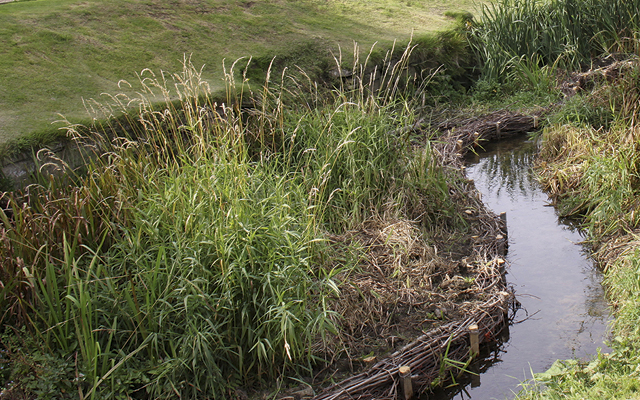

If you look out from any of the high points of the garden here at Easton in Lincolnshire, you can see that the sweep of parkland embraces ancient pastureland, wonky mature trees and old walls. Running through the middle is the young River Witham (actually more of a stream for most of the year). Once a much bigger beast, the river has shaped the landscape over thousands of years and created an undulating valley an inspiring and beautiful location for the original medieval garden.
In the Tudor or Jacobean period, the river was turned from its original course, close up against the snowdrop bank, moved to the other side of the valley floor and canalised for about a third of a mile.
Downstream, a weir was built and part of the canal became a flat pool, reflecting the house on the terraces above. Due to the demolition of the house and a lack of maintenance to the grounds in the second half of the 20th century, the dam collapsed, the river shrank and cattle damaged the banks.
For the past decade or so, the ‘problem’ of the river has been on my mind. It had become silted up, reeds rampaged through the boggy ground and it was prone to flooding. Despite our patient annual requests, the Environment Agency had bigger priorities. Then, last year, it joined forces with the Wild Trout Trust to help us create a haven for small trout, bullheads, kingfishers, mayfly and native crayfish. It’s a minor miracle that has allowed us to create an ecological sanctuary without compromising a long history of horticulture here.
When the funding came through from the Water Framework Directive, with additional support from rod-licence money, work began in the park. With the help of mechanical diggers, we were able to pile reeds onto the banks and a watery path appeared through the vegetation.
By way of a small diversion from the point, diggers are one of the joys of making a garden and, if you can think of any excuse to hire a mini-digger this winter, then do. Every man I know loves digging ponds or landscaping. Every man I know has also put the digger bucket through a water pipe, so you might like to factor a visit from the plumber into your budget. Electricity cables can be a more serious hazard.
Within the gardens, even mini-diggers were out of the question, so the team came armed with waders and faggots. Faggots are bundles of coppiced wood that are staked horizontally along the edge of the stream and act like semi-porous sandbags. Silt is lifted out of the riverbed and stacked behind the line. The bundles are placed at varying angles to the flow, allowing its speed to be manipulated.
Sign up for the Country Life Newsletter
Exquisite houses, the beauty of Nature, and how to get the most from your life, straight to your inbox.
In slow areas, vegetation provides sanctuary for small critters and helps prevent flooding. Faster water cleans the gravel of silt, increases oxygen and provides spawning grounds for trout. There are signs of success: six trout redds were recorded in the river last winter.
The movement of birds enhances every winter garden and having any type of clear water is the easiest way to encourage them on to your patch as they go about the serious business of staying alive in cold weather. For us, that means noisy wrens among the reeds and grey wagtails at the water’s edge.
Occasionally, a piercing cheep and a flash of iridescent blue marks the kingfisher’s indignant departure from his feeding post. Thrushes and blackbirds use shallow areas for bathing and, when the ground freezes, flowing water is a lifeline for thirsty birds of all sizes.
Our new-look river has also improved the gardens’ design. Delineation provided by the faggots means the native reeds and herb-age look tidier. On the eastern side, increased depth of water in a narrower channel has allowed sharp edges to be cut and the lawns can be mown to the water’s edge. New areas have been opened up for possible marginal planting, but caution is required. If, as here, a water feature is part of the river system, it is important not to introduce the wrong species. The spread of Himalayan balsam on other waterways is a salutary reminder of our obligations.
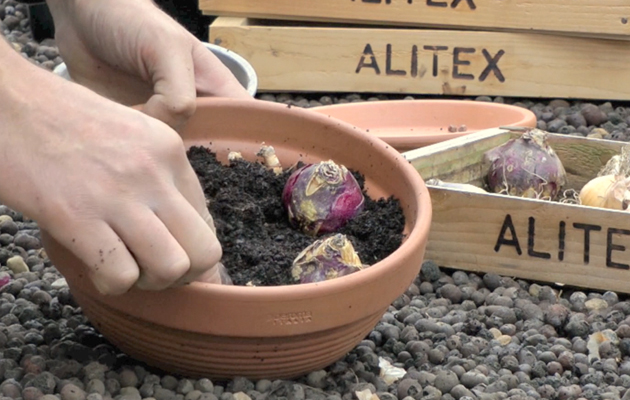
Alitex Series Video: How to pot bulbs for spring
Head Gardener at Hinton Ampner in Hampshire shows us how to pot bulbs in preparation for early spring flowers next
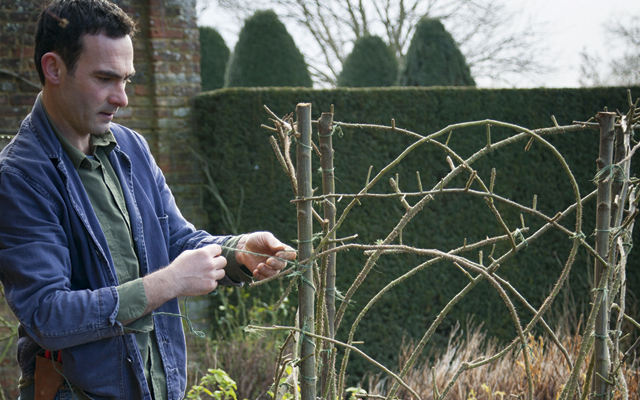
How to get ahead in the garden this winter
Getting a few winter jobs done in the garden prior to Christmas will set you in good stead.
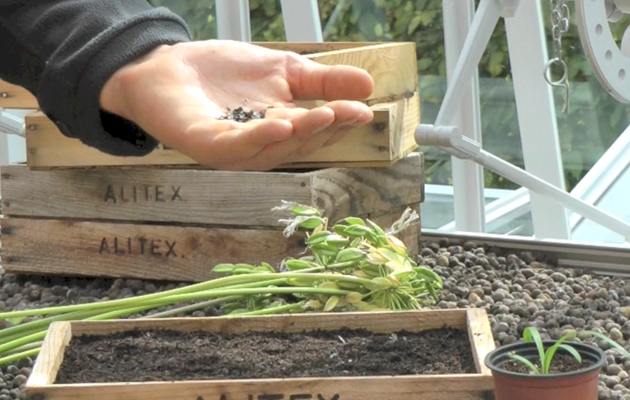
Alitex Series Video: How to sow seeds
Head gardener at Hinton Ampner shows us how to sow seeds, a simple and economical way of raising new plants
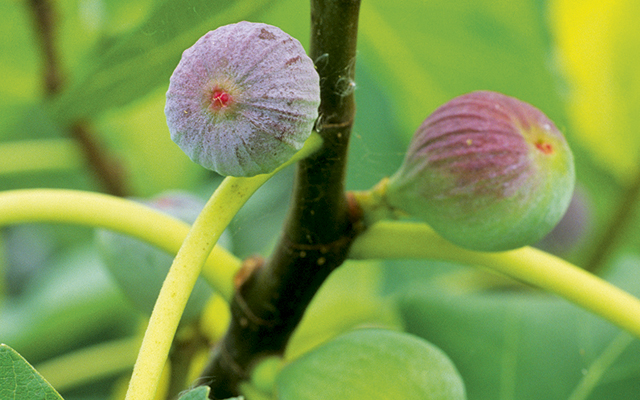
How to grow figs
Tom Coward explains the best ways to grow figs, which have been a very successful part of the bumper fruit
Country Life is unlike any other magazine: the only glossy weekly on the newsstand and the only magazine that has been guest-edited by HRH The King not once, but twice. It is a celebration of modern rural life and all its diverse joys and pleasures — that was first published in Queen Victoria's Diamond Jubilee year. Our eclectic mixture of witty and informative content — from the most up-to-date property news and commentary and a coveted glimpse inside some of the UK's best houses and gardens, to gardening, the arts and interior design, written by experts in their field — still cannot be found in print or online, anywhere else.
-
 A mini estate in Kent that's so lovely it once featured in Simon Schama's 'History of Britain'
A mini estate in Kent that's so lovely it once featured in Simon Schama's 'History of Britain'The Paper Mill estate is a picture-postcard in the Garden of England.
By Penny Churchill
-
 Splash! A Century of Swimming and Style: A whistle-stop history, from the Roman Baths to Hampstead Heath
Splash! A Century of Swimming and Style: A whistle-stop history, from the Roman Baths to Hampstead HeathEmma Hughes dives into swimming's hidden depths at the Design Museum's exhibit in London.
By Emma Hughes